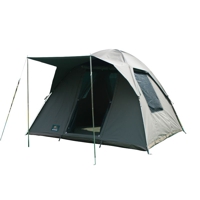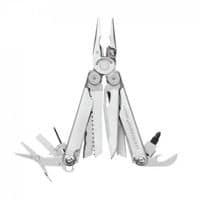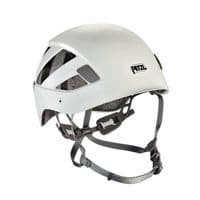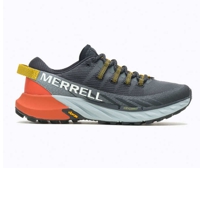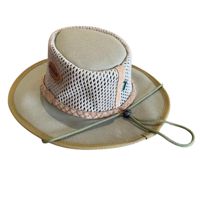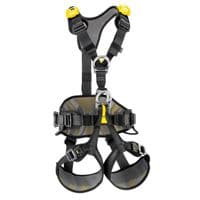When we think back to hiking food from days gone by, a rather unappetizing image tends to materialize. It’s a mental snapshot of those bland, chalky energy bars that tasted more like cardboard than sustenance. Then there’s the memory of munching on salty and monotonous trail mix, a predictable blend of nuts, raisins, and perhaps a few chocolate chips if you were lucky. And let’s not forget those uninspiring canned goods that clanged around in your backpack, offering little culinary excitement.
In the past, these were the staples of hiking cuisine, and they were chosen primarily for one simple reason: their shelf life. Hikers needed food that could endure the rigors of the trail without spoiling, and taste was often sacrificed for practicality. After all, when you’re in the middle of the wilderness, flavor can seem like a luxury you can’t afford.
But times have indeed changed, and today’s hikers find themselves in a new era of outdoor culinary delights. Gone are the days when you had to resign yourself to uninspiring meals while surrounded by the beauty of nature. The hiking food landscape has undergone a profound transformation, and now, adventurous trekkers have access to a tantalizing array of gourmet options that can turn any trail into a culinary adventure. These modern hiking foods aren’t just designed for sustenance; they’re crafted with flavor, nutrition, and convenience in mind. Whether you’re a seasoned backpacker or a casual day hiker, you no longer have to compromise on taste or quality when it comes to your trailside meals.

Importance of Nutrition and Energy Replenishment
The demands of hiking require not just the consumption of calories but the intake of a balanced mix of nutrients to fuel the various physiological processes involved in continuous physical activity. Carbohydrates are the body’s preferred energy source, particularly for high-intensity activities like hiking. They are quickly broken down into glucose, the fuel for your muscles and brain. Proteins play a critical role in repairing and building muscle tissue, which can be strained and micro-damaged during a hike. Fats, though digested more slowly, serve as a valuable energy reserve, important for longer, more endurance-based activities.
Moreover, vitamins and minerals are crucial for energy production and muscle function. For instance, electrolytes such as sodium and potassium help maintain fluid balance and muscle contractions, and a deficiency can lead to cramps and fatigue. In addition to providing energy, food also impacts mood and cognition. A well-nourished hiker is more likely to maintain a positive outlook and better decision-making abilities, which are essential for safety and enjoyment on the trail.
Lastly, the timing of meals and snacks also matters. Regularly spaced nutrition helps maintain energy levels, whereas irregular or infrequent eating can lead to energy lulls and fatigue. Hence, packing the right balance of nutrients, considering food that is convenient and satisfying, and eating at regular intervals are all critical factors in a successful hiking experience.
Benefits of Dehydrated Hiking Food Options
Freeze-dried foods take the concept of lightweight hiking cuisine to the next level. Freeze-drying involves removing moisture from the food, preserving its flavor, nutrients, and texture while making it incredibly lightweight. This method has gained immense popularity among hikers due to several advantages:
- Flavor and Variety: Modern dehydration technology retains flavor and nutrition, offering a range of meals from pasta to desserts.
- Weight and Volume: Dehydrated meals are lightweight and compact, ideal for managing pack load.
- Ease of Preparation: Simple preparation involves just adding hot water, saving time and resources.
- Long Shelf Life: Extended shelf life without spoilage, perfect for long treks and emergency preparedness.
- Dietary Accommodation: Options available for various diets, including vegetarian, vegan, and gluten-free.
- Nutritional Balance: Meals are balanced with carbohydrates, proteins, and fats for complete nutrition on the trail.
Crafting Your Hiking Menu
When creating your hiking trail menu, consider factors such as calorie intake, dietary preferences, and the length of your journey. Balance is key, and freeze-dried meals make it easy to achieve. Make sure to include a mix of breakfast, lunch, dinner, and snacks to keep your energy levels steady throughout the day. Efficient packing is essential when heading out on a hiking adventure. Freeze-dried meals, being lightweight and compact, take up minimal space in your backpack. Make sure to pack them in a way that keeps them protected from crushing and moisture to preserve their quality. At Camp and Climb you will find a variety of high-quality brands like Forever Fresh, Mama Alles, and Trek n Eat that specialise in freeze dried food.
Eco-Friendly Hiking: Embracing Sustainability and the Leave No Trace Principles
Adhering to the Leave No Trace principles is paramount. These guidelines are designed to minimize the environmental impact and ensure that natural habitats remain undisturbed by our presence. When it comes to food, this means being meticulous in carrying out all wrappers, containers, and leftovers. This practice prevents wildlife from ingesting or becoming trapped in food waste and packaging, thus preserving the natural ecosystem.
Moreover, selecting food with recyclable or reusable packaging is crucial. Brands that prioritize sustainable packaging are contributing to a larger movement of environmental stewardship. By supporting these brands, hikers can reduce their carbon footprint. In some cases, packaging can be repurposed for storing other items or can be compacted to minimize space while ensuring it is disposed of properly later. In the wilderness, every action counts. By choosing eco-friendly food options, practicing careful waste management, and following Leave No Trace principles, hikers can enjoy the bounties of nature while actively participating in its conservation for future generations to experience and enjoy.
Read more: Eco-Adventures: Embracing Sustainable Camping Practices
Wrapping Up: The Journey Ahead with Improved Hiking Nutrition
In conclusion, the days of bland, uninspiring hiking food are behind us. Thanks to innovations like freeze-drying, you can now enjoy gourmet meals on the hiking trail without compromising on nutrition or convenience. So, whether you’re planning a short day hike or an extended backpacking trip, consider incorporating freeze-dried food into your menu for a tastier, lighter, and more satisfying hiking experience. Remember to pack healthy snacks and stay hydrated. Happy hiking!
Related Blog Posts
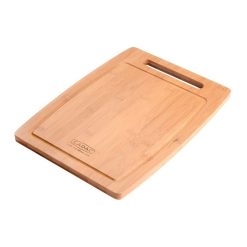 Cadac Bamboo Cutting Board
1 × R279.00
Cadac Bamboo Cutting Board
1 × R279.00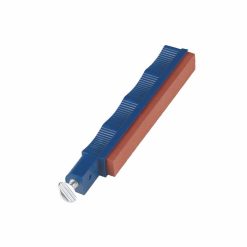 Lansky Fine Sharpening Hone
1 × R279.00
Lansky Fine Sharpening Hone
1 × R279.00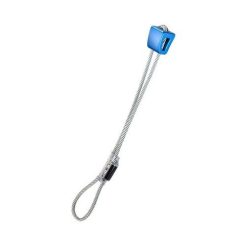 BLACK DIAMOND STOPPER #9
1 × R269.00
BLACK DIAMOND STOPPER #9
1 × R269.00 Lumeno Male Lighter to 2 Female Plugs
1 × R165.00
Lumeno Male Lighter to 2 Female Plugs
1 × R165.00 Aqua Salveo Water Treatment 30ml
1 × R139.00
Aqua Salveo Water Treatment 30ml
1 × R139.00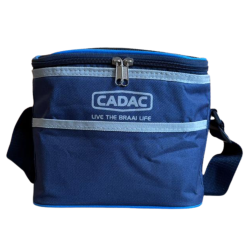 Cadac Cooler Bag 6 Can
1 × R185.00
Cadac Cooler Bag 6 Can
1 × R185.00 Coghlans Arno Straps 120cm - 2 Pack
1 × R119.00
Coghlans Arno Straps 120cm - 2 Pack
1 × R119.00
